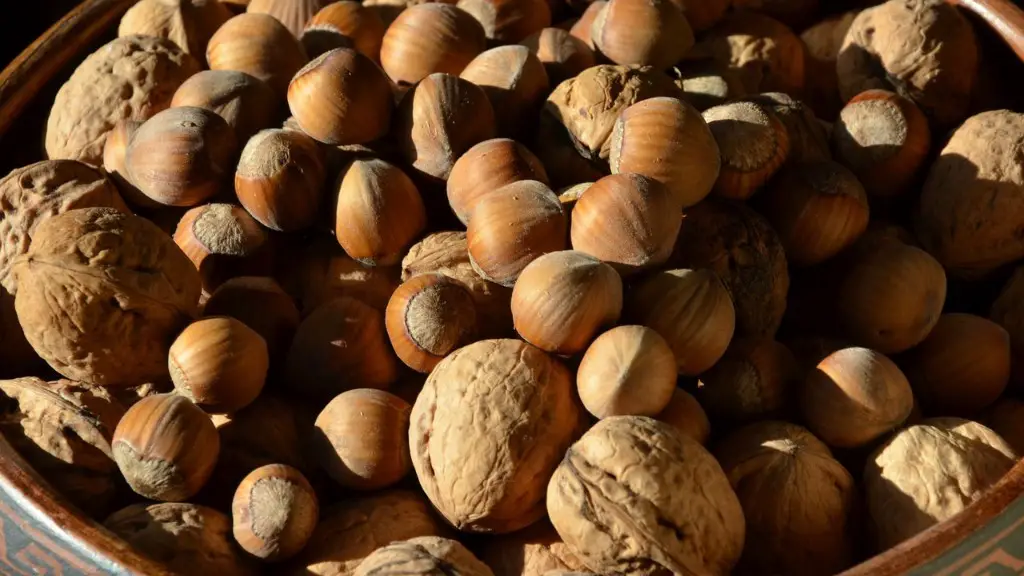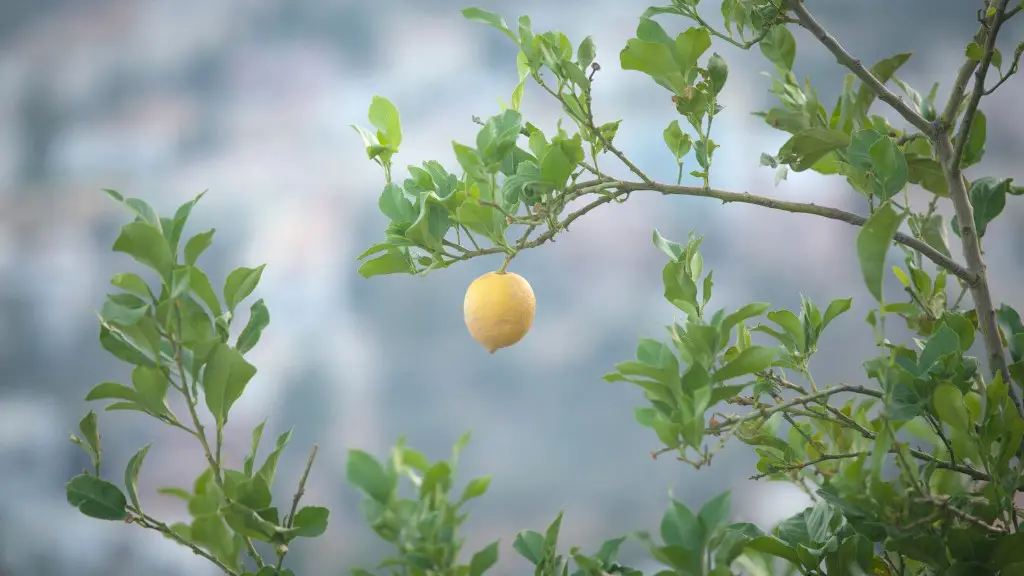Basic Preparation
Before relocating a palm tree, homeowners should be aware of the basics of caring for the tree. They need to determine what type of palm tree they have, as relocation techniques differ with species. Preparation is key to a successful move. If the right type of soil, root size, water supply and soil pH are not provided, the palm tree might not survive. Trees over 6 feet tall can be tricky. They need to be dug out, so extra planning should ensure that there will be enough space and light for the new tree to thrive. They also should assess the tree’s age, height and condition as any of these factors may affect the relocation process.
Digging Out the Old Tree
In order to relocate the old palm tree, it needs to be dug out. This process should be started in the early morning or late afternoon since these are the times when the soil temperature is ideal for transplanting. Start by marking the circumference of the root ball with a shovel or spade. To do this, draw a line about 18 inches away from the tree’s trunk, then begin to dig. Go at least 18 inches deep, and make sure to get rid of the soil beneath the tree. The healthier the root ball is, the more chance the tree will have to survive.
Transporting and Preparing the Tree
Once the root ball is removed, it should be transferred as soon as possible, so that the roots don’t dry out. Wrap the root ball in a tarp and tie it up securely. Make sure enough moisture is present while carrying it, which can be done with a hose. To further protect the tree, prune it back to the trunk. This will reduce the chances of any branches breaking off during the transportation.
Planting and Watering the Tree at the New Spot
When the new spot is reached, it’s time to prepare it for planting. Before doing so, assess how much space the new tree will need. Measure it so that there is enough space for it to develop, and also ensure that there is enough sunlight and water supply. Make sure to create a mound so that the tree is slightly encircled by the soil. This will create a natural barrier and it will help hold the moisture. Digging and tamping the soil around the tree will simultaneously remove excess air pockets. Then, use the hosepipe to cover the roots with water.
Care After Relocating
Now that the tree is in its new home, homeowners should start providing it with appropriate care. Fertilizers, soil and mulch can help improve the growth of the tree. Staking and pruning are also necessary to ensure its survival. Homeowners should be aware that palm trees slowly start adapting to the environment around them. It is important to keep monitoring the tree for any signs of stress or damage for at least a year after transplantation.
Protection from the Elements
Palm trees are susceptible to all types of weather. In the winter, their trunks and leaves can be damaged easily, so it is important to ensure extra protection if the temperatures tend to drop often. Doing so will limit the cold damage, and in the summer, the extra protection may limit the heat damage too. For extra protection, consider draping burlap over the tree as it will limit the risks of frost.
Pest Control
It is easy for palm trees to become infested with pests, so it is important to keep an eye out for any signs. The most common ones are scale, mealybugs, mites and nematodes. Immediate action should be taken if the tree is infested with any of these, which can be done by using an insecticide. It is also important to prune the tree regularly, since pests tend to like deadwood and decaying leaves.
Optimum Conditions for Growth
If homeowners want their palm tree to thrive, there are a few things they need to consider. Firstly, a good location is necessary. This means that the spot should get 8-10 hours of sunlight a day, and should be away from any winds or branches. Secondly, the soil should have high organic material, as this will help with the drainage. Lastly, it’s extremely important to water the tree constantly, especially during the first few months.
Preparing the Soil for Transplantation
In order to facilitate the transplantation, homeowners should prepare the soil in the new spot beforehand. This can be done by using organic matter to make the soil loose and moist. Another important step is to check the soil’s pH levels. Generally, any soil suitable for palm trees should have a pH value of between 6 and 8. If it’s too low or too high, it will be difficult for the tree’s roots to absorb the necessary nutrients.
Managing the Roots During Transplantation
When transplanting, never move the tree more than three-quarters of its height. This is because the roots are very delicate and can be easily damaged. Therefore, it’s better to leave some of the soil intact and work around it. Also, ensure that the tree is settled within the new spot and that the roots are not hanging out. If that is the case, gently press the soil around them, and make sure to water the tree well afterwards.
Enhancing Root Health and Development
It’s essential to promote the healthy development of the palm tree’s roots for a successful transplantation. The best way to do so is by using a balanced fertilizer, and applying it at least once or twice a month during the first year. Additionally, keep in mind that regular watering and mulching will help keep the tree’s roots moist, so be generous with both for better results.
Compaction Prevention and Management
Compaction is a common issue when relocating palms. This can be caused either by digging while transplanting, or simply by planting the tree too deep in the original spot. If this is the case, the tree needs to be removed, and the soil should be replaced. Thoroughly break up any lumps or clusters of soil, and ensure that there isn’t too much organic material. If possible, it is also recommended to add sand to the soil.


